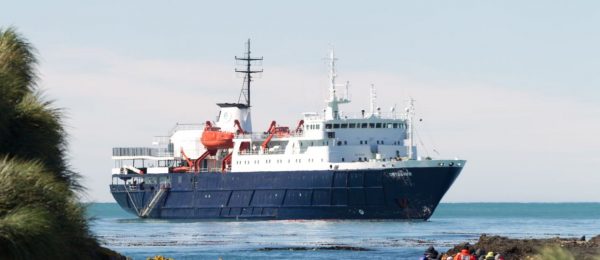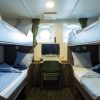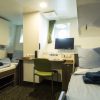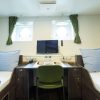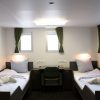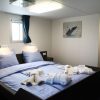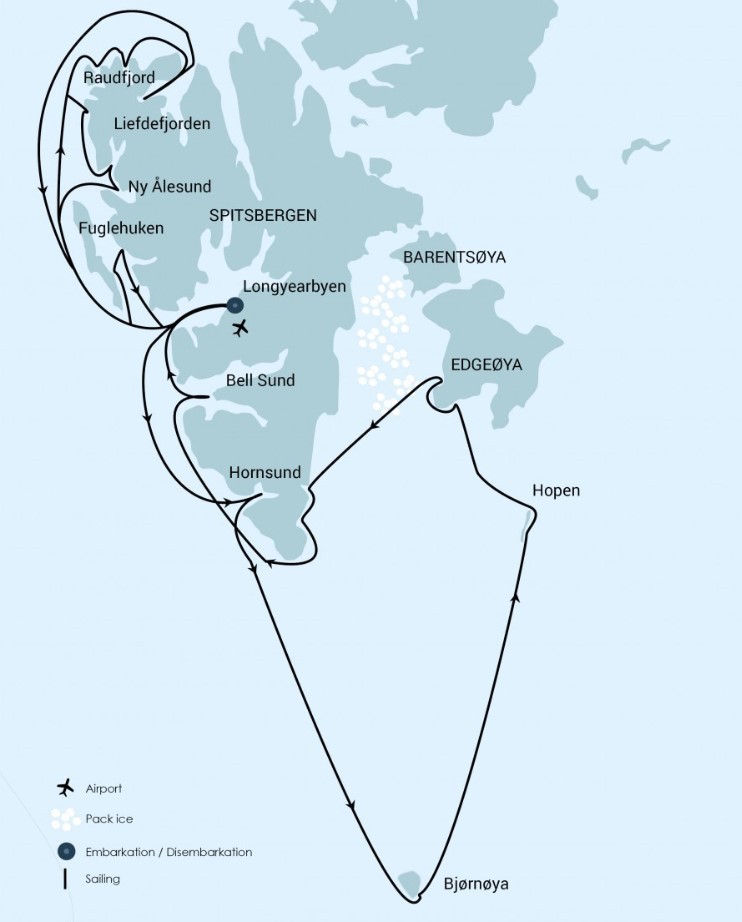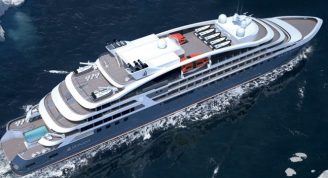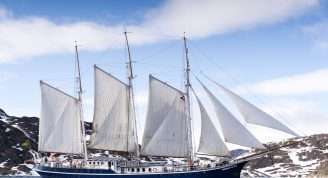Description
Why take just one polar voyage when you can combine two into an activity-filled, wildlife-focused adventure? We’ve joined our East Spitsbergen cruise (emphasizing polar bears and pack ice) with our North Spitsbergen Basecamp cruise (multiple free activities) to make one epic tour of an incredible Arctic island.
Background on Basecamp cruises: –
Our Basecamp voyages focus on land and near-shore activities with minimal disturbance to local wildlife. If time and conditions permit, the expedition team will also look for wildlife opportunities whenever possible.
By definition, a basecamp is a temporary camp from which expeditions or other outdoor activities can be carried out. During our designated Basecamp cruises, the ship navigates to carefully chosen areas around North Spitsbergen, staying in fewer locations than during our regular trips so that it can serve as a comfortable hub for multiple outdoor activities.
Hikers (H) can embark on vigorous walks in the backcountry, photographers (P) can capture the dramatic surroundings in pictures, and kayakers (K) can explore waterways through which the ship cannot always sail. Passengers who do not wish to engage in these activities can enjoy Zodiac excursions and easy-to-moderate shoreline walks that focus on wildlife.
All activities are free of charge.
Cleaning the shores of Spitsbergen: –
Interested in doing something good for the enviroment?
We welcome you to participate in our ongoing effort to remove plastic waste and other rubbish from the shores of Spitsbergen.
Garbage from the ocean, such as fishing gear and plastic litter, piles up on these shores. This litter is hazardous to the animals, which get entangled in fish nets and sometimes ingest micro-plastics that can lead to starvation and suffocation.
Supported by AECO and the governor of Spitsbergen, we enjoy cleaning the beaches of Svalbard with our passengers. All participants will be assisted by our guides and provided with collection bags. About 50 passengers will clean in the morning while the other 50 have their excursion in another area. Then in the afternoon, the groups switch roles. And if we cannot clean a certain area because of roaming bears or other concerns, we will find an alternate area.


